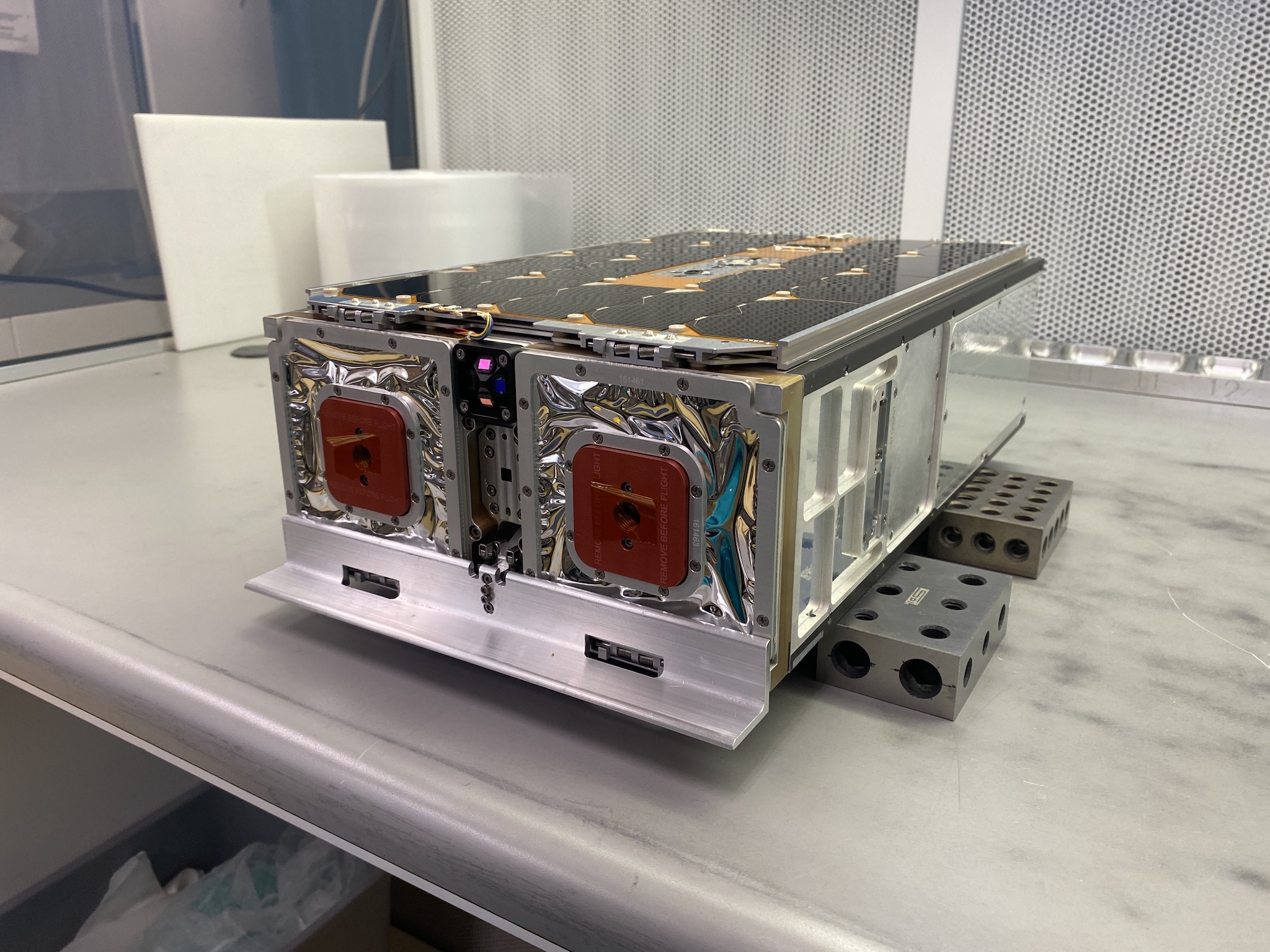This tiny NASA instrument has a big job - studying Earth-bound solar radiation

- Country:
- United States
NASA's novel instrument - the Compact Total Irradiance Monitor (CTIM) - will help researchers understand how Earth-directed solar energy influences our planet's severe weather, climate change and other global forces.
About the size of a shoebox, CTIM is the smallest instrument ever dispatched to study total solar irradiance (TSI) - the sum of all solar energy Earth receives from the Sun. TSI is a major component of Earth's radiative system, which impacts everything from local weather conditions to global climate change.
CTIM is a prototype: its flight demonstration will help scientists see if small satellites can be as effective at measuring Total Solar Irradiance as larger sensors like the Total Irradiance Monitor instrument used aboard the SORCE and TSIS-1 missions.
If successful, the prototype will advance the approaches used for future instruments, NASA said.
"We want to take our time and make sure that we're doing these steps rigorously, and that each component of this instrument is working correctly before we move on to the next step. Just demonstrating that we can gather these measurements with a CubeSat would be a big deal. That would be very gratifying," said Dave Harber, a senior researcher at the University of Colorado, Boulder, Laboratory for Atmospheric and Space Physics (LASP) and principal investigator for CTIM.
This small instrument has a big job: measuring all the energy from the Sun directed toward Earth. ☀️ 🌏 The CTIM instrument will help scientists understand how this energy influences Earth’s severe weather, climate change and other global forces. https://t.co/ut4oNa9Rnp pic.twitter.com/EYcYIAa2DN
— NASA Atmosphere (@NASAAtmosphere) July 1, 2022
CTIM was scheduled to launch on June 30, 2022, aboard Virgin Orbit's LauncherOne rocket as part of the United States Space Force STP-S28A mission. However, the launch was scrubbed due to a temperature-related issue.
We are standing down from today's launch attempt. Our systems are in great health, but our propellant temperature was slightly out of bounds, and out of extreme caution, we are scrubbed for the day. We’re proud of the team for running an extremely professional operation.
— Virgin Orbit (@VirginOrbit) June 30, 2022










